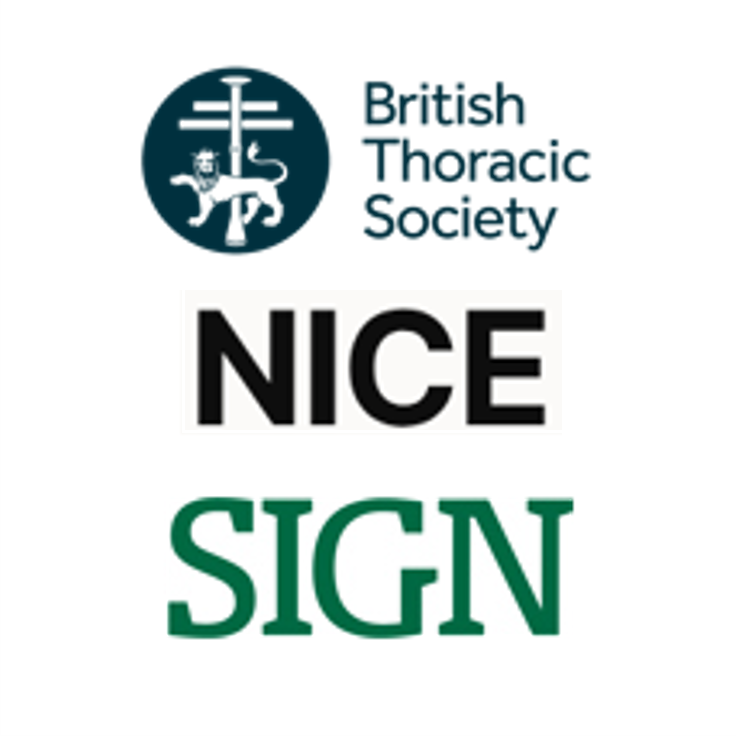- β2 bronchodilator:
- via spacer ± facemask*
- Consider oral prednisolone 20 mg.
Reassess within 1 hour.
Assess response to treatment - Record respiratory rate, heart rate and oxygen saturation every 1-4 hours.
* β2 bronchodilator via spacer given one puff at a time, inhaled separately using tidal breathing; according to response, give another puff every 60 seconds up to a maximum of 10 puffs
